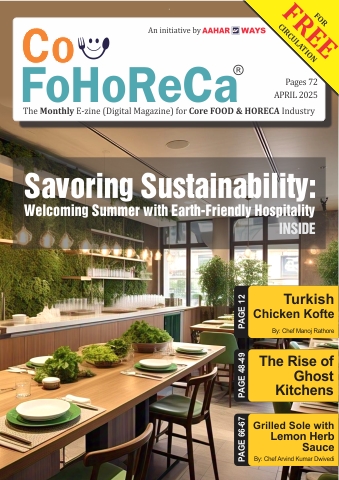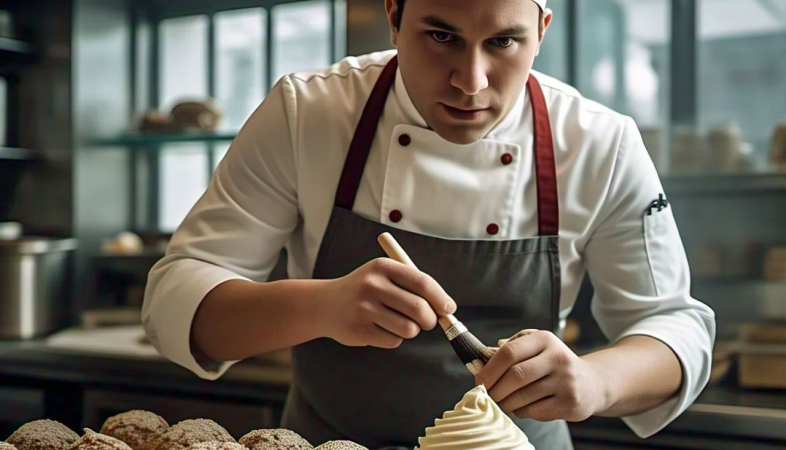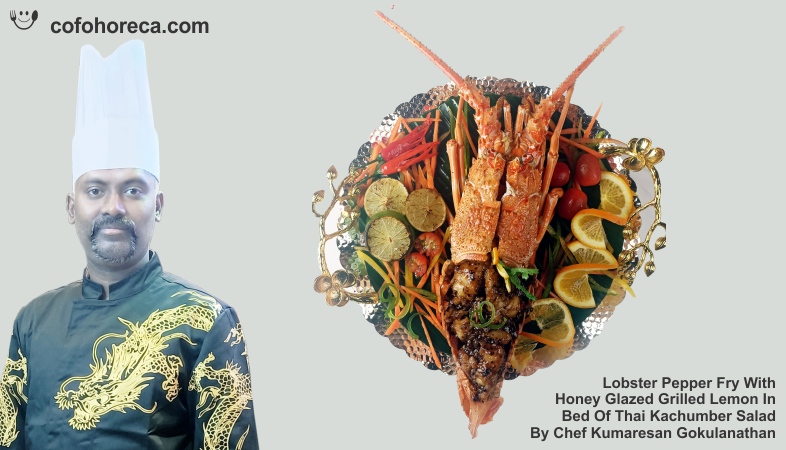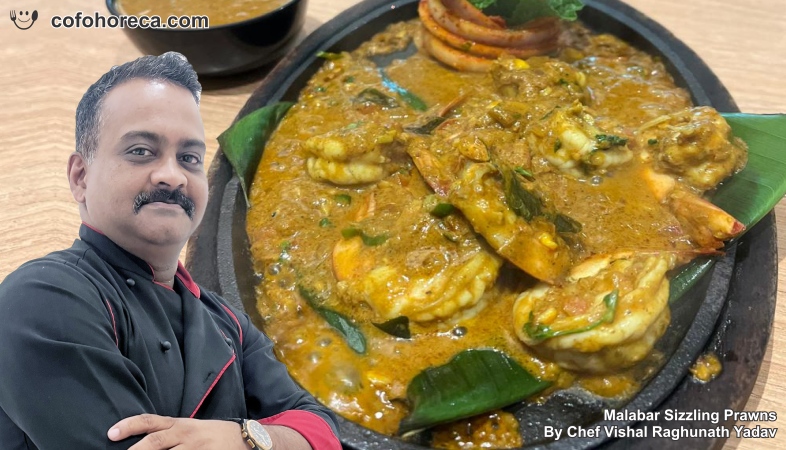Ice-Bath Cooking: Sealing in Flavors with Quick Cooling
While it may sound simple, the process of quickly cooling food in an ice bath can have a profound effect on the final dish.
In the culinary world, innovation often leads to surprising
techniques that enhance the flavor, texture, and overall quality of food. One
such technique that is gaining popularity among chefs and home cooks alike is
ice-bath cooking. While it may sound simple, the process of quickly cooling
food in an ice bath can have a profound effect on the final dish. This method
is commonly used to lock in the freshness and flavors of ingredients, while
also preserving their natural colors and nutrients. Understanding the science
behind ice-bath cooking is essential for harnessing its full potential in the
kitchen.
Ice-bath cooking typically involves plunging food into a mixture of ice and water immediately after cooking. The rapid cooling prevents overcooking and helps preserve the integrity of the food. This technique is most often used with vegetables, fruits, and even meats that are being blanched or steamed. The concept behind ice-bath cooking is based on controlling the cooking process by halting the heat at the precise moment when the food reaches its desired texture. In many ways, it's like hitting the "pause" button, allowing chefs to better control the doneness of ingredients.
One of the primary benefits of ice-bath cooking is its ability to preserve the bright, vibrant colors of vegetables. When cooking vegetables like broccoli, beans, or peas, the process can cause them to lose their vibrant green hues if left to cook for too long. By immersing them in an ice bath, the cooking process is stopped, and the natural colors are locked in. This is especially crucial in high-end dining, where presentation plays a significant role in the overall guest experience. The ice bath ensures that the vegetables remain appealing on the plate, showcasing their freshness and natural beauty.
In addition to color preservation, ice-bath cooking also helps retain the nutrients in food. Overcooking vegetables can cause a significant loss of vitamins and minerals, especially in water-soluble nutrients like vitamin C and B vitamins. When food is quickly cooled after cooking, much of the nutritional value is preserved. For example, blanching spinach or kale and then placing them in an ice bath helps maintain their nutritional content, which can be important for health-conscious diners. This makes ice-bath cooking a favored technique in kitchens that focus on delivering dishes that are both flavorful and nutritious.
Beyond fruits and vegetables, ice baths are also used for proteins like shrimp or chicken. When cooking shrimp, for instance, chefs often blanch them briefly in boiling water, and then immediately transfer them to an ice bath. This method prevents the shrimp from becoming overcooked and rubbery while keeping their delicate texture intact. The ice bath locks in the perfect tenderness and prevents the shrimp from continuing to cook after they are removed from the heat source. Similarly, for chicken, the quick cooling helps retain moisture and tenderness, ensuring that the final dish is juicy and flavorful.
The technique of ice-bath cooking can also be applied to desserts. One common application is in making custards or ice creams. After the custard base has been cooked, placing it in an ice bath helps it cool quickly and evenly, reducing the chance of curdling or creating an inconsistent texture. This is particularly useful when making delicate desserts like crème brûlée or gelato, where the balance of texture and consistency is crucial to the final product. The ice bath helps set the mixture to the perfect consistency, allowing chefs to craft desserts with precision.
One of the most appealing aspects of ice-bath cooking is its ability to enhance the overall flavors of a dish. Cooling food rapidly locks in the flavors that are often lost during prolonged cooking times. When vegetables or proteins are cooked for too long, their natural flavors can diminish, leaving them bland or overpowered by seasoning. With ice-bath cooking, however, the flavors are sealed in, preserving the natural essence of the food. This method ensures that every bite is fresh and full of the true taste of the ingredients, creating a more vibrant and flavorful dining experience.
Ice-bath cooking is also a key element in the growing trend of meal prepping. By cooking and cooling ingredients in advance, chefs and home cooks can store them for later use without sacrificing their flavor or texture. For instance, cooked vegetables can be chilled in an ice bath and then stored in the refrigerator for use throughout the week. This allows for quick and easy meal preparation while ensuring that the ingredients remain as fresh and flavorful as possible. The versatility of ice-bath cooking also makes it ideal for chefs who need to prepare large quantities of food in advance for events, banquets, or catering services.
From a sustainability standpoint, ice-bath cooking is a great way to minimize waste. By halting the cooking process at just the right time, chefs can avoid overcooking and reduce food waste. This is particularly important in restaurants and hotels that prioritize sustainability and efficiency. By utilizing ice-bath cooking, kitchens can maximize the use of ingredients and minimize the amount of food that is thrown away due to overcooking or spoilage.
Ice-bath cooking is a simple yet highly effective technique that can greatly enhance the flavor, texture, and appearance of food. Whether it’s preserving the vibrant colors of vegetables, locking in nutrients, or creating perfectly cooked proteins, the benefits of this method are undeniable. It is a versatile technique that can be applied to a wide range of ingredients, from vegetables to meats to desserts, making it a valuable tool in any kitchen. With its ability to preserve the natural essence of food while improving its overall quality, ice-bath cooking is a technique that will continue to be embraced by chefs and home cooks alike.
.png)





















.jpeg)







